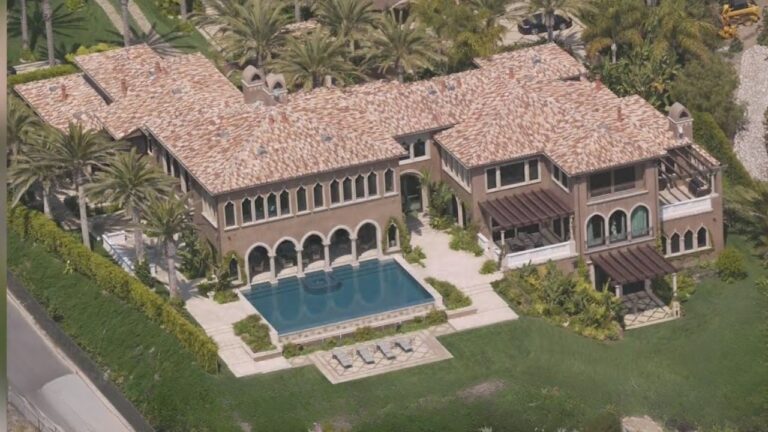7 houses from ’90s classics still standing
The ’90s gifted us unforgettable homes—from the snowy suburbs of Home Alone to the iconic Painted Lady in Full House—and a handful of those places are still standing. Some became tourist stops, others quietly endure in neighborhoods, unchanged or gently restored. Here’s a look at seven of those homes that survived time and pop-culture’s lens.
The McCallister House from Home Alone

The Georgian Colonial home at 671 Lincoln Avenue in Winnetka, Illinois, is where the McCallisters lived—and booby-trapped—for Home Alone. It’s real, it’s massive, and it’s endured. Long after filming wrapped, homeowners John and Cynthia Abendshien dealt with constant fan attention, pranksters, and clogging front lawns. Eventually, they came to appreciate it—until they sold in 2012.
Today, the house is still there, renovated and famous. Tourists still drop by, snapping photos in the snow-sprinkled yard. It’s a reminder that a movie location can become a quiet legacy—and a lesson in how homes become pop culture landmarks.
Tanner Family House from Full House

The Victorian-style home featured in Full House opening credits is perched among San Francisco’s Painted Ladies at 1709 Broderick Street. That row of lively-colored clapboard houses felt like a happy snapshot of family life—and it still does.
Though it’s a private residence now, fans recognize that facade immediately. The architecture itself hasn’t changed much—meaning what you saw then is essentially what you’d find now, a testament to how architecture can become a character in its own right.
Father’s House from Father of the Bride
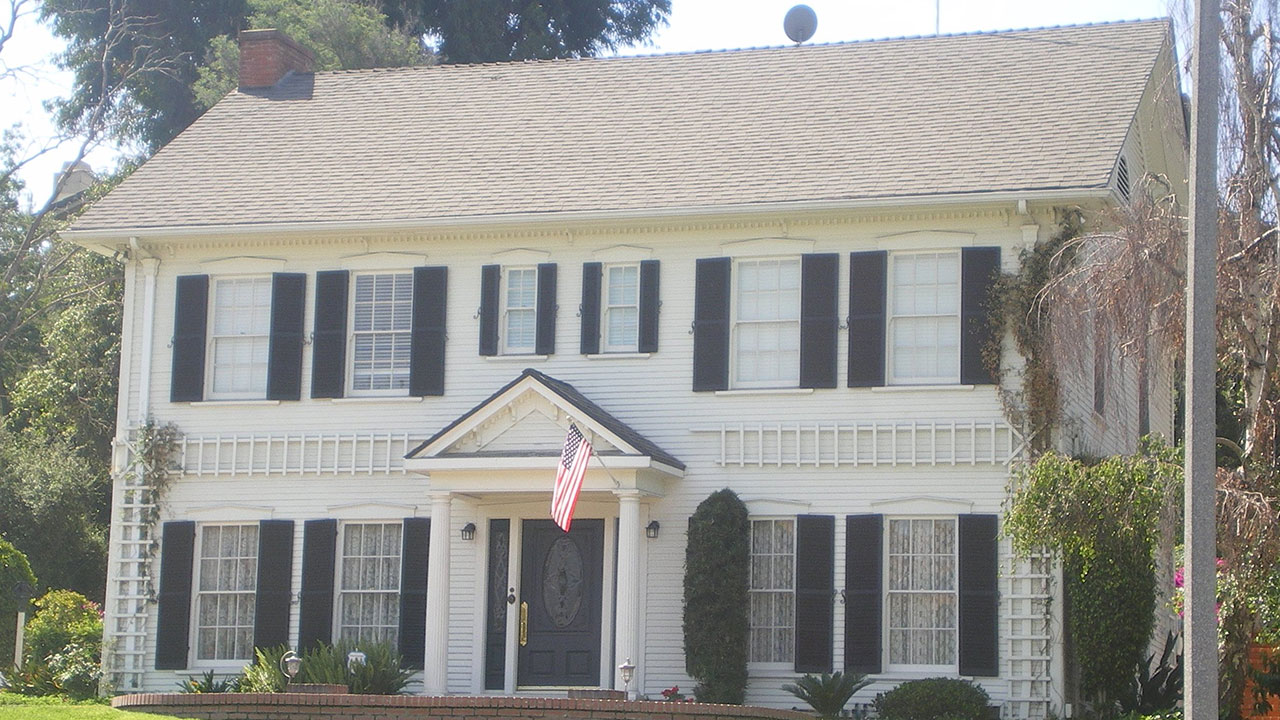
The bride’s home in Father of the Bride (1991) is a white, floor-to-gable property with climbing greenery and porch elegance. It captured that classic American ceremony vibe instantly. While its exact address isn’t always public, its image persists in interior magazines and nostalgia blogs.
It hasn’t vanished or been torn down. The house remains an imagined ideal, something people picture when thinking of weddings that feel warm, personal, and familiar—even if real estate records aren’t easy to find anymore.
The Victorian from Mrs. Doubtfire
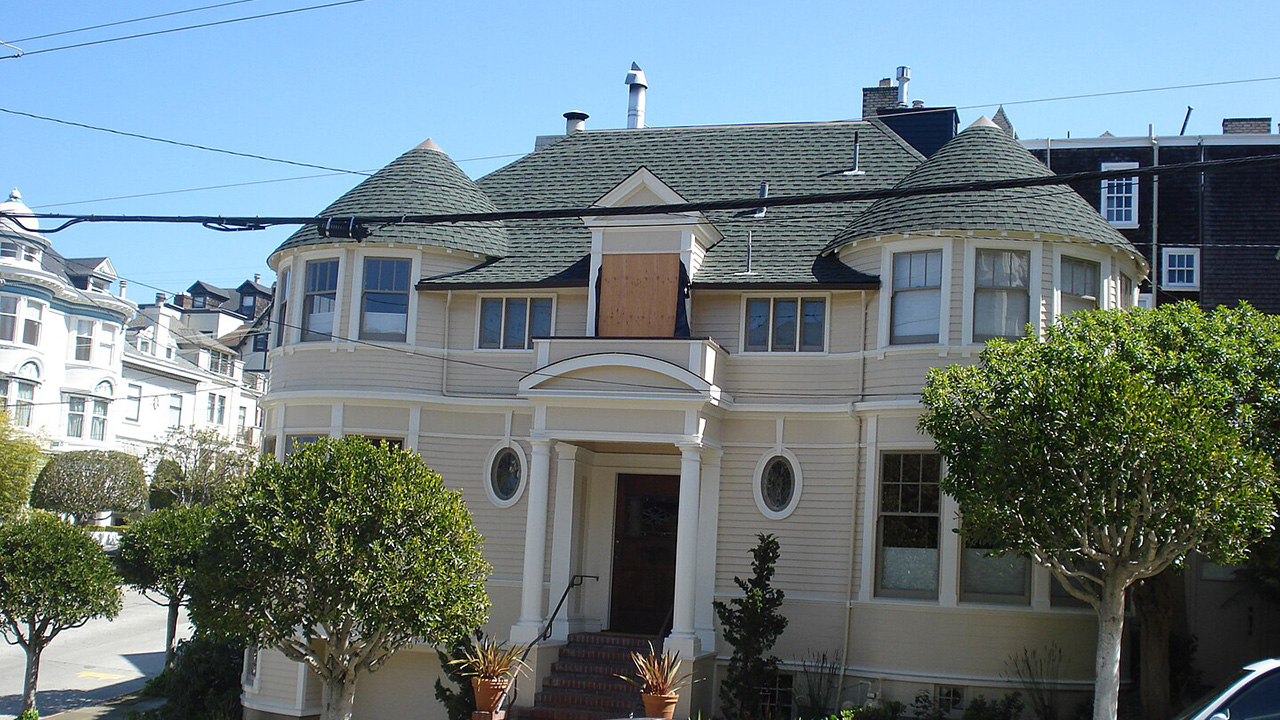
That San Francisco Victorian—used by the Hilliard family in Mrs. Doubtfire—still stands in Pacific Heights. The ornate detailing, bay windows, and wraparound porch are still there, quietly framed by local streets and preserved by homeowners who value its charm.
It’s one of those film settings that grounded the story in a real place—and that real place still feels like it could echo laughter and heartfelt scenes off its walls if you listened closely enough.
The Haunted-Styled House from A Nightmare on Elm Street
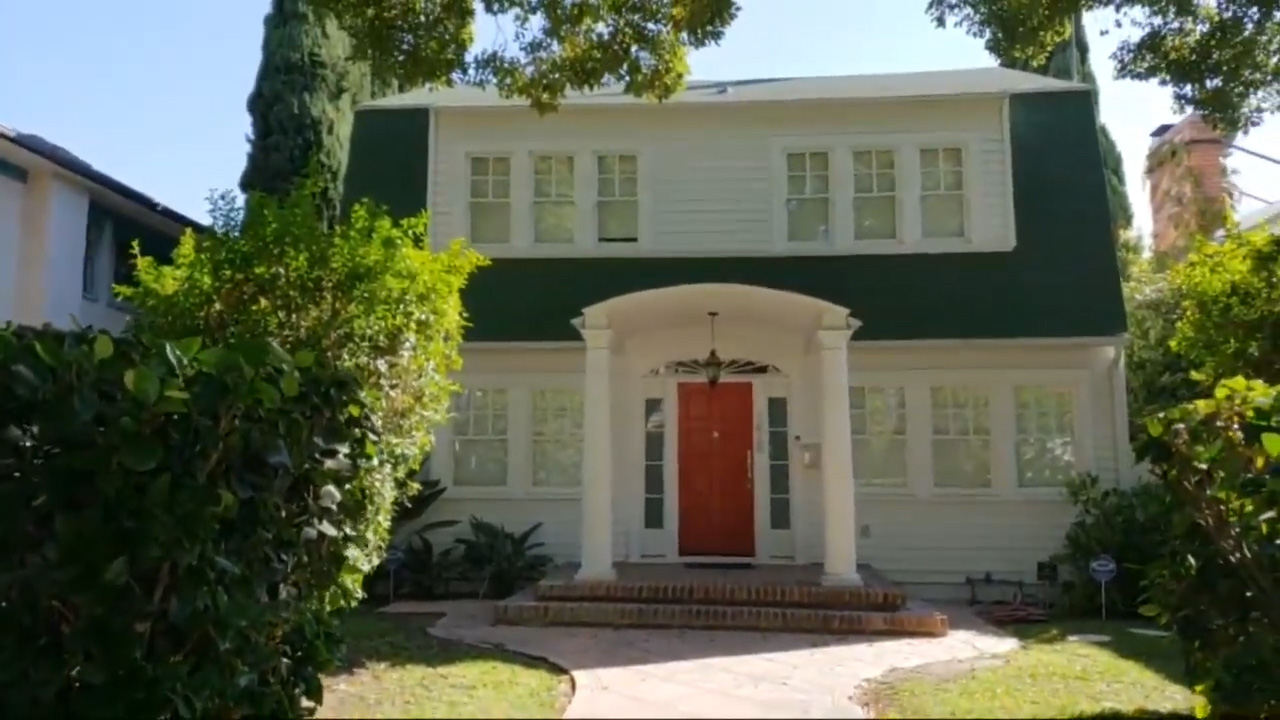
That creepy house at 1428 Elm Street in the movie—and in the real-life Los Angeles location—has gone through renovations and name recognition over the years. Fans still come by, haunted by nostalgia or horror thrills. The structure is physically there, even if it looks a bit different—and its story circulates in horror lore.
Despite time and retouches, the house remains symbolic: a pop culture symbol that’s survived its own legacy. And for owners, that means managing notoriety along with property upkeep.
The Outsiders Curtis Home (Now Museum)

The house used in The Outsiders (1983) still sits in Tulsa, Oklahoma—and has been transformed into the Outsiders House Museum. It follows the book and film layout, and includes the living room, bathroom, porch and props tied to that story.
Fans visit from all over, and the space is treated with reverence. Residents restored it with public support and dedicate it to memories—not as a home, but as a storytelling vessel. It’s an example of preservation meeting fan passion.
The Stilt House from Heat
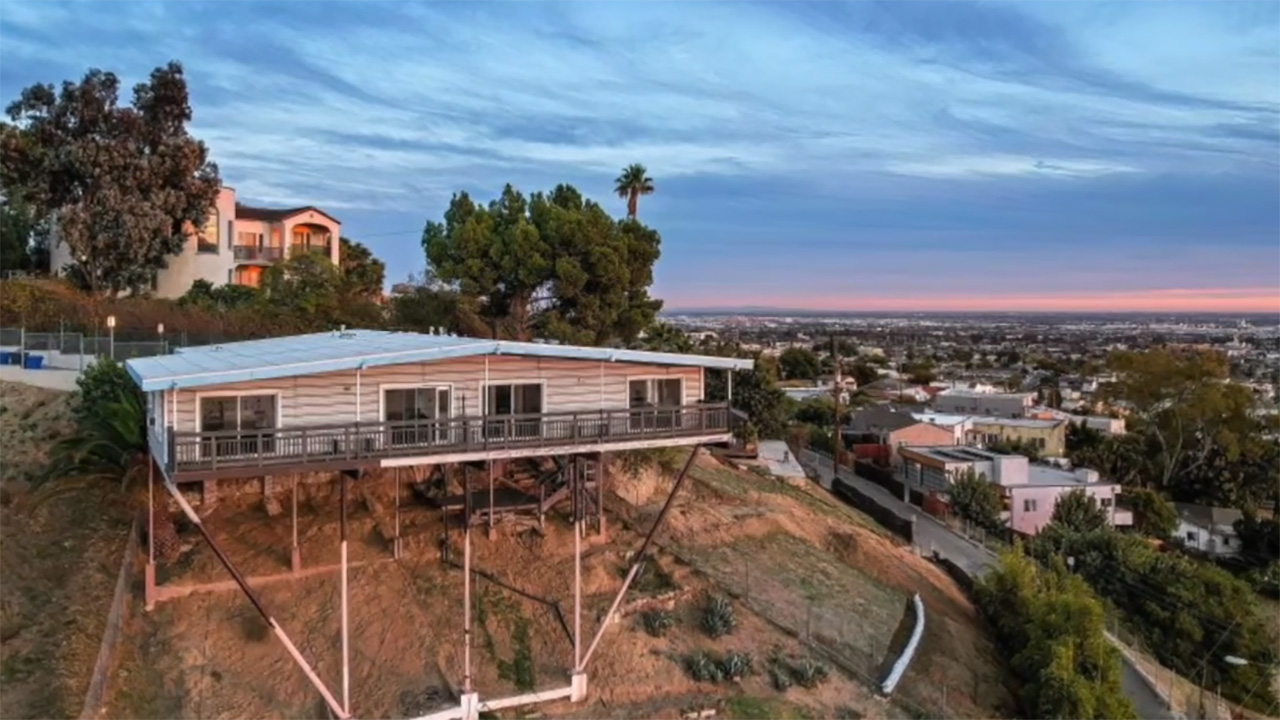
While not a family sitcom staple, the striking stilt house featured in Michael Mann’s Heat (1995)—with its panoramic vista over Los Angeles—still stands. It came up on the market recently and still turns heads.
Modernist and sculptural, the structure carries both beauty and tension in its design. It’s proof that architectural statements from ’90s cinema are still part of the landscape—and continue to register as design landmarks today.
*This article was developed with AI-powered tools and has been carefully reviewed by our editors.






